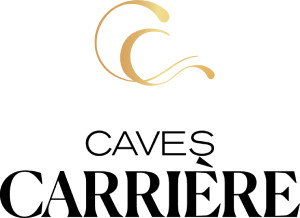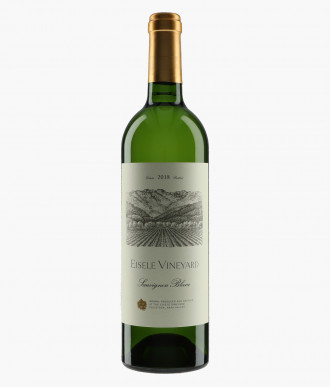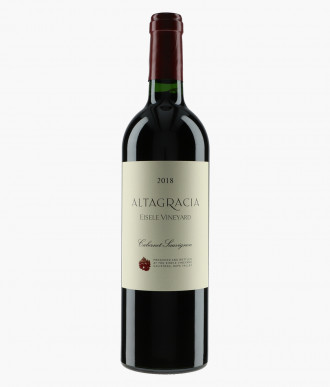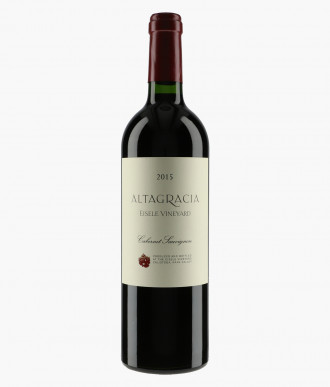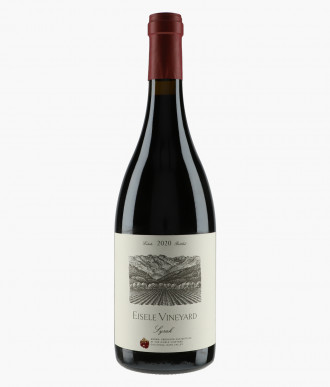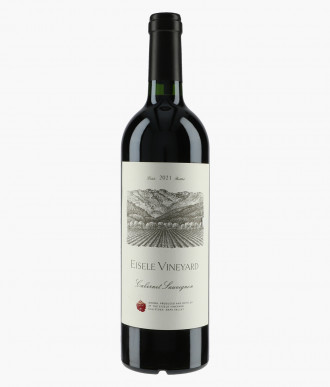
EISELE VINEYARD
The story of Eisele Vineyard began in the USA in 1880, at the foot of the Palisades Mountains in Napa Valley. At that time, Jackson Randall and Charles Pickett, pioneers of California viticulture, planted Zinfandel and Riesling varieties on the Calistoga estate. In 1969, the vineyard passed into the hands of the Eisele family. The estate was renamed Eisele Vineyard. Its Cabernet Sauvignon became a Napa Valley benchmark. In 1990, with the arrival of the Araujo family, the estate was named Araujo Estate Wines. It became one of the first wineries in Napa Valley to adoptorganic and biodynamic farming principles. 2012 was the last vintage produced under the Araujo Estate Wines label. Since 2013, the Artemis Group has presided over the destiny of Eisele Vineyard.
Location of Eisele Vineyard
Eisele Vineyard is a 15-hectare estate located in the Calistoga AVA in the extreme northeast of California's Napa Valley. The vineyard is planted on shallow volcanic soils. Eisele Vineyard's red grape varieties are Cabernet Sauvignon, Cabernet Franc, Petit Verdot,Merlot and Syrah. Three white wine parcels are planted withSauvignon Blanc, Sauvignon Musqué and Viognier.
Eisele Vineyard wines
Eisele Vineyard-Cabernet Sauvignon is an exceptional red wine appreciated for its complexity, concentration and silky tannins. It is recognizable by its dark fruit, cedar and chocolate flavors. The same signature is found in Altagracia, Eisele Vineyard's other Cabernet Sauvignon. This exclusive Napa Valley red wine can be cellared as well as enjoyed in its youth. The estate also produces a white wine, Eisele Vineyard-Sauvignon Blanc. Here, the blend of Sauvignon Blanc and Sauvignon Musqué produces a wine with slightly exotic flavors. Since the 2013 vintage, Eisele Vineyard Sauvignon Blanc has benefited from extended aging on lees. This method adds tension and aromatic complexity to this unique wine.
Lire la suite...There are 17 products.
